A recent straw poll on Autocar’s Twitter asked which of today’s hot hatch stars would take victory. There were a few chirrups in support of the Volkswagen – the Golf GTI we have here is a last-of-the-line special from an engineering powerhouse and so ought to be rather good – but, a little tediously, almost all predicted a knockout blow from Honda.
Front-driven hot-hatch showdown in Wales today, with the new Golf GTI TCR, RS Megane Trophy and the mighty Civic Type R. Find out the winner in Autocar April 17. Until then, any guesses? pic.twitter.com/x8nihR5UbF
— Autocar (@autocar) April 8, 2019
We shouldn’t be surprised. This is the FK8 Civic Type R: the best driver’s Honda since the DC2 Integra darted onto the Japanese domestic market in the mid-1990s, and a car whose behind-the-wheel zing tends to unify the opinion riven by its design. Honda might not have volume enough in Europe to support continued production at the Swindon plant where the Type R is exclusively built, but the 3500 employees who now face an uncertain future can be obscenely proud of the car they’ve manufactured. So far this has been the undisputed class champion, and today is its tilt at immortality.
But not if the box-fresh Volkswagen Golf GTI TCR or a radiant Liquid Yellow Renault Sport Mégane illuminating our Welsh surroundings can help it. These are the latest wares from arguably the most pre-eminent houses in the entire hot hatch business. They’re tweaked and tuned, more expensive than the base model but perceptibly quicker and – we hope – more fun. And why would anyone spend more than £30,000 on what is, after all, merely a front-driven performance derivative of a mass-produced family car, unless it was enormous, irresistibly good fun?

When it comes to hot hatches, history shows the engineers at Renault Sport HQ in Les Ulis normally need a second bite at the cherry to give us their best effort, and when that bite comes with a Trophy badge, it normally blitzes the opposition. In this instance, no time has been wasted in deploying the Mégane RS 300 Trophy – to give its full name – and it’s a typically convincing effort. Power from a quicker-responding 1.8-litre four-cylinder turbo engine shared with the Alpine A110 is up 20bhp over the base Mégane RS to 296bhp, with torque rising from 295lb ft to 310lb ft if you go for the dual-clutch automatic gearbox, which we haven’t. The Trophy retains four-wheel steering but gets a new bi-modal exhaust, 19in wheels wrapped in Bridgestone Potenza S001 tyres (track-ready S007s are an option) and Renault Sport’s Cup chassis as standard.
The Volkswagen is bashful by comparison, despite the fact this TCR version wears the most belligerent bodykit ever seen on a production Volkswagen Golf and is, at least in a straight line, the quickest car here to 62mph, if only by a tenth or two. Those initials reference a touring-car class in which pumped-up Golf GTIs trade paint with equally thuggish interpretations of the Audi S3, Peugeot 308 and Hyundai i30 N, to name a few. This road-going farewell to the Mk7.5 GTI isn’t necessary to homologate the racing cars – it’s more of a diluted homage – although the package is still enticing enough.
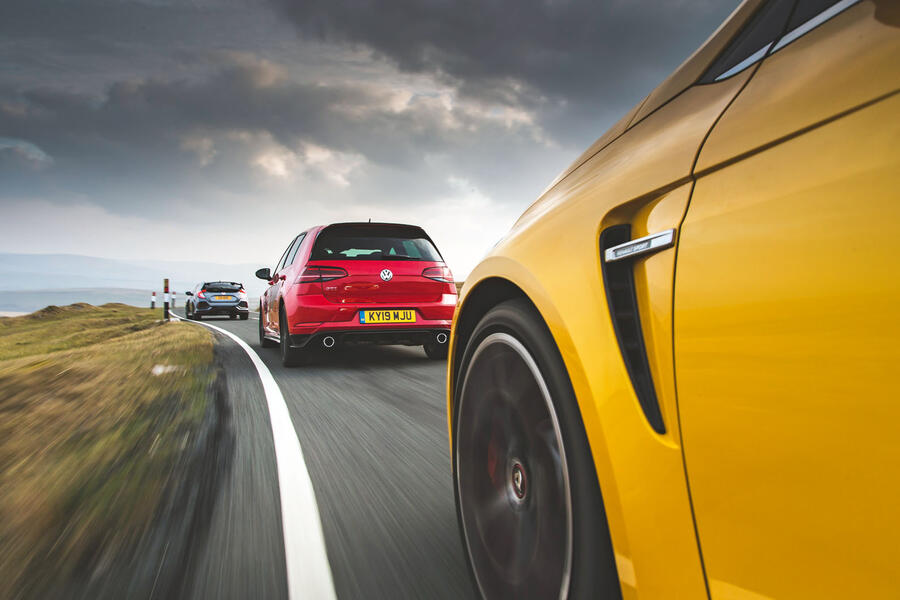
VW’s juicy EA888 2.0-litre turbo engine is reprised in the same 286bhp tune last seen in the much-loved Volkswagen GTI Clubsport 40 of 2017, only now with a brace of additional radiators from the Golf R. It gives the Golf easily the broadest powerband among the assembled, pulling with peak torque all the way from 1950rpm to 5300rpm. Elsewhere it is predictable fare, with power put to the road through the same electronic locking differential and seven-speed dual-clutch gearbox (there’s no manual for the Golf, although it’s the only car here available with a neat three-door body) as the existing GTI Performance. The alloys are a relatively restrained 18in, but peer through them and you’ll see the drilled brake discs and calipers from the old GTI Clubsport S – once holder of Nürburgring record for front-drive cars. That it stole the record from the previous-generation Civic Type R before itself being usurped by the Type R here today shows how tight this tit-for-tat class is in dynamic terms. Just 6.83sec separates the three lap times, and don’t bet against Renault going a smidgeon quicker still when it unleashes the ultra-hardcore Trophy-R later this year. But never mind the Nürburgring; the point is that for a good few years, GTI owners with ‘just’ 242bhp under their right foot must have known they could go considerably quicker in rival cars, but with the TCR that’s no longer the case. Welcome back, Volkswagen.
It’s the Golf we start in, and in a cabin that feels extraordinarily fresh given that the fundamental Mk7 architecture was introduced back in 2011. The TCR gets various niceties, such as perforated leather for a firm, flat-bottomed steering wheel that also gets a race car-style centre-marker and attractive new cloth seats whose deep bolsters are trimmed in the soft grey microfibre also found on the door cards and gearshifter. This interior is a tailored sports coat next to the Trophy’s no-nonsense yoga pants and the scarlet bomber jacket of the Honda, and as well it might be given the £34,650 asking price – easily the highest of the three.
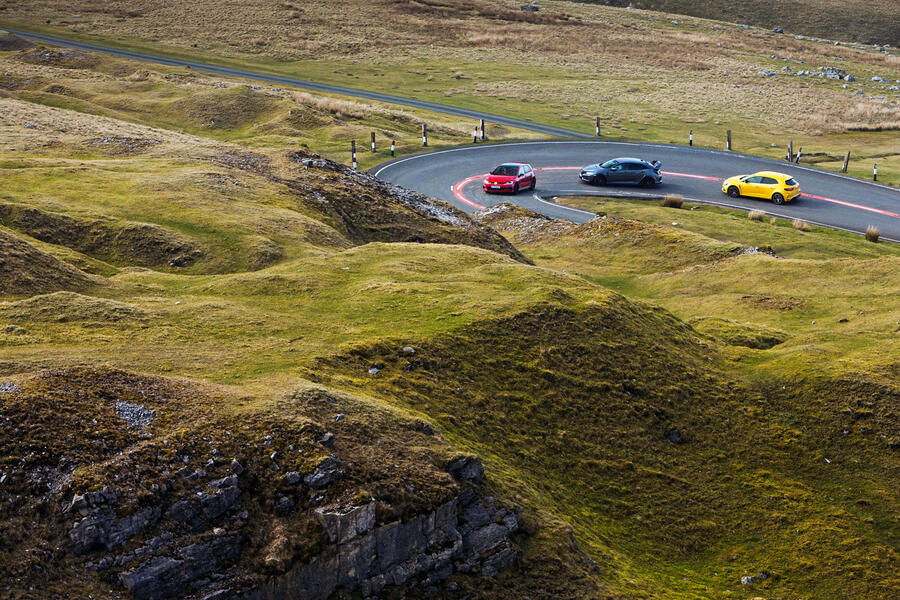
The dull drive over to Wales from southwest London was also a timely reminder why the GTI is so uniquely successful among hot hatchbacks. Conspicuously quieter at a cruise and more spacious than its slightly claustrophobic-feeling rivals, and with our car’s adaptive dampers set to Comfort, the day-to-day road manners are simply first class. Whatever happens next, if there’s space only for one car in your garage, the GTI TCR needs to be in your final reckoning.
What actually happens is that I drop into the deep Recaro buckets of the Trophy, bring up Race mode on the touchscreen display and head into the mountains. And that’s not as mindlessly gung-ho as it sounds. Whereas the rear wheels are generally slung in a contrary direction to those at front at speeds of up to only 37mph, in Race mode that rises to 62mph. The effect is nothing short of phenomenal: the Mégane rotates through bends with a zeal that must surely be identifiable to ‘ditch-hooking’ rally drivers. Admittedly, there is an inescapable feeling of the artificial, although by making better use of all four contact patches, the Renault gets into a corner more aggressively than the others, straightens up sooner once through the apex and, assisted by a fairly tightly wound torque-sensing differential, then simply drives away up the road. Point to point, it’s the quickest car here – or at least feels that way, despite an engine that doesn’t feed with such glorious greed over the last thousand-or-so revs.
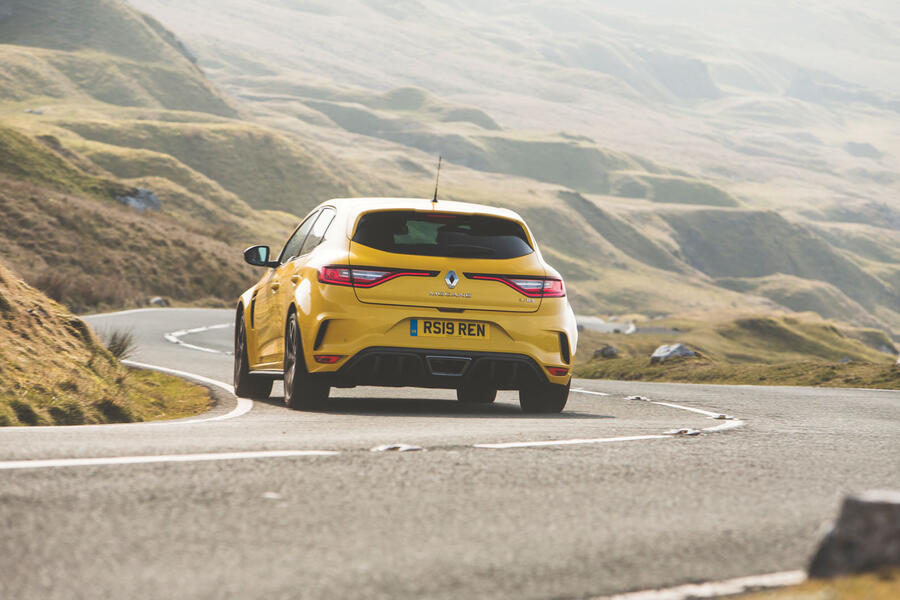
But is it too nervous? Maybe, although we’re into the murky realm of personal taste here, because there’s certainly nothing perilous about it. The Cup chassis is stiff – spring, damper and anti-roll bar rates are all significantly up compared with the standard chassis – to the extent that it requires properly substantial loadings to get it working fluidly, which it surely does, what with its new hydraulic bump-stops.
It needs commitment, in other words, and if you’re the sort who is prepared to give it the necessary in that regard, you’re probably prepared to indulge its taste for torque steer and occasional vulnerability to deflection. God it corners flat, though, especially on smooth stretches of road, where the ultra-wide front track bites viciously through quick direction changes, often prompting the tail to swing in time-honoured Renault Sport fashion, whether you’re riding the new, lightweight bi-material brakes or have the throttle pinned. In fact, once you’re in tune with the car’s slightly unnatural false-oversteer routine, the Trophy becomes wonderfully expressive and adaptable to whatever driving style best suits the conditions or your mood. Just make sure it’s a fast one.
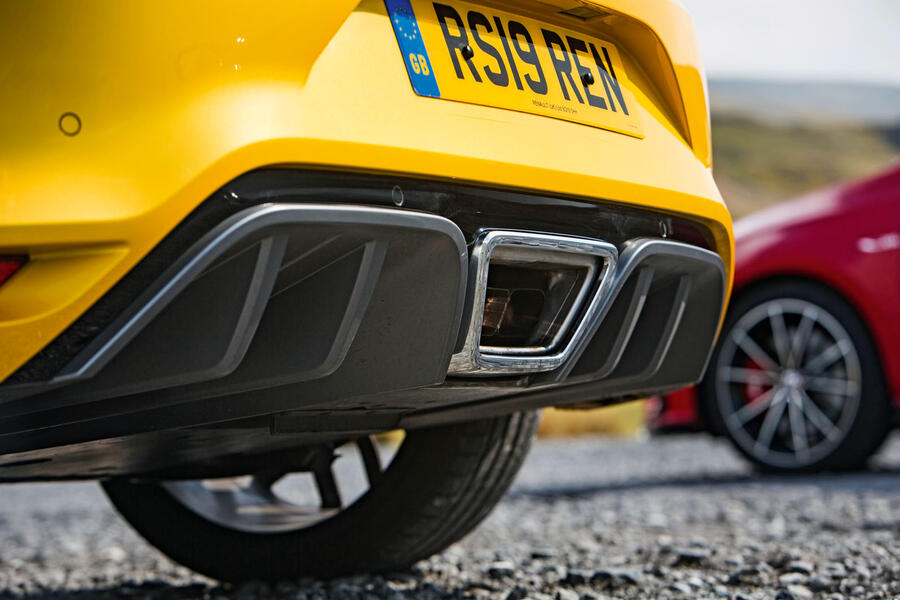
If the GTI TCR matched the Mégane’s level of incisiveness, it would be much more stimulating, but it also would cease to be a Golf. Truth is, the optional decals and flared sills are misleading, because this final hurrah never sets the pulse racing in quite the way you’d want it to. The steering is probably a touch more linear but folds the car’s nose into corners more lethargically, like a dimmer switch compared with the Renault’s circuit-breaker. This example’s £875 adaptive suspension also struggles for vertical control at the pace set by the Mégane, while the powerful brakes simply aren’t communicative enough for a category in which confidence when shedding speed is so important. The preemptive electronic differential is the most predictable of all the hardware here, however, and were the Golf’s 225-section front tyres to match the 245s of the others, any difference in apex speed would be negligible. Shame it’s all just a bit remote and uncomfortable in its boy-racer skin.
Which leaves our final car, and herein lies an inconvenient truth for Honda’s golden boy: the Civic Type R is neither as versatile as the Golf GTI TCR nor, frankly, as electrifying as the Mégane on a charge. The infotainment is dreadful, too, and materially the cabin is miserable in parts. The bodykit we’ve already addressed, although there’s also the fact that the skinny-spoked 20in wheels make the rear brake discs looks like MiniDiscs.
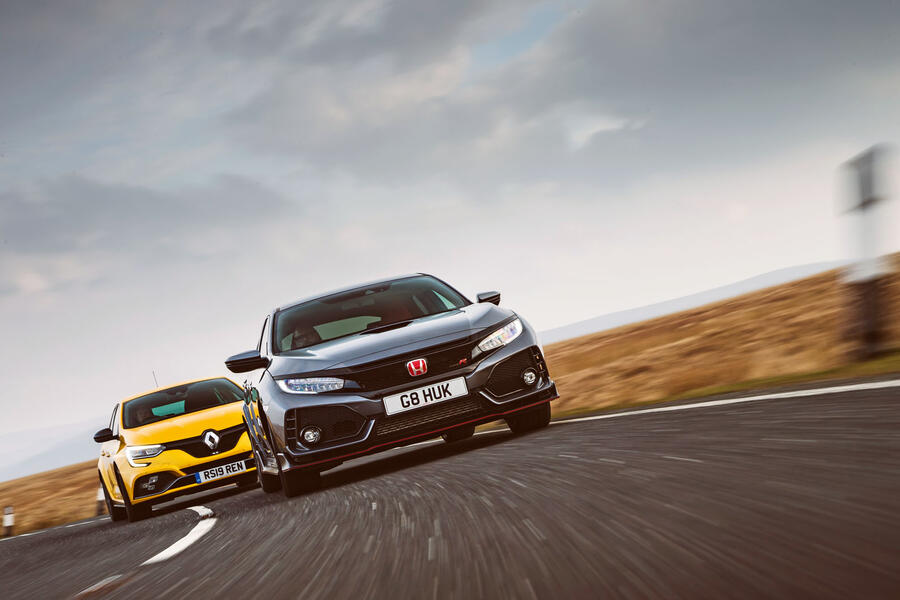
However, the Type R possesses arguably the greatest human-machine interface compilation of any car on sale relative to the norms of the segment in which it exists, and perhaps beyond. It starts as soon as you climb aboard. After the Golf – a car ergonomically all but flawless – the heavily bolstered seats feel as though they’re bolted directly to the floorpan. Glorious. The high scuttle and an instinctive awareness of the Civic’s sloping tailgate and long wheelbase mean the thing ceases to feel like a hot hatch and takes on the demeanour of something altogether more serious – and ultimately more interesting and satisfying.
On the move, the pedals’ weight and positioning is noticeably good, flattering any heel-and-toe efforts. Steering is heavy but quick – just 2.1 turns lock to lock – and the wheel itself modest in diameter. The surprisingly supple suspension is less troubled along these cloud-scraping rural Welsh highways than the Mégane’s, and yet clinical body movements are no more pronounced. The power delivery from this unusual, oversquare 316bhp 2.0-litre VTEC is more organic, shapely and characterful than anything else here, relying less on exhaust tuning and more on induction roar; the shift action is the best of any car in recent memory; and the brakes feel race-car firm compared with the others, and are easier to modulate. It goes on, but it isn’t complicated: a sense of tight tolerances and mechanical integrity is what we want, and it’s what the Honda gives us, in spades.
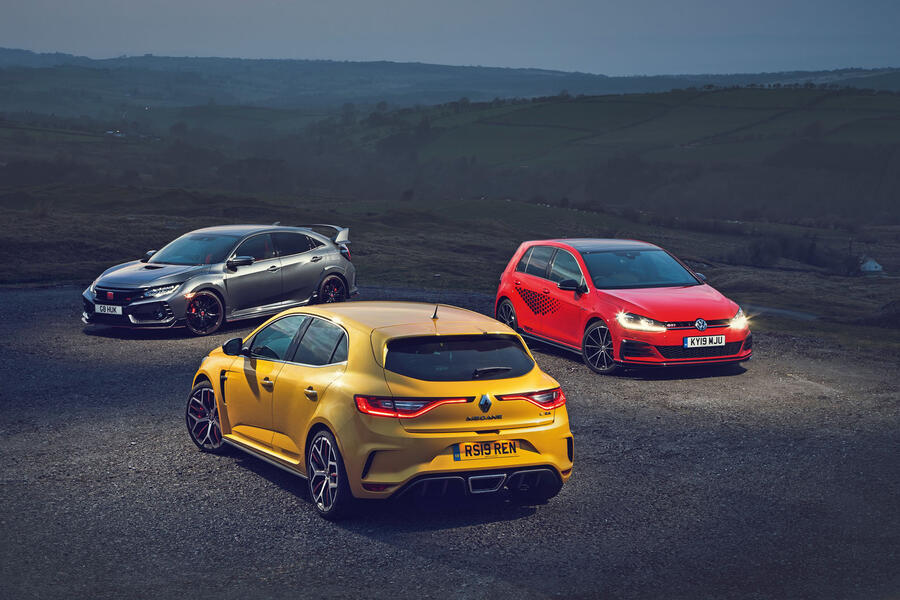
It’s the economy of movement that truly startles, though. The resistive controls invite precision and repay it with interest, in stark contrast to the rabid Renault. There’s also the fact that you can throw the Civic into corners in a way that would amount to a dereliction of duty in most cars, and yet the new independent rear axle simply lifts for a brief moment then sets itself firm. There’s no corruption to your line, no unpleasant surprises, just resolute composure with good adjustability should you desire it. If McLaren built a hot hatch, you’d expect it to feel something like this.
And the Golf? Supreme in the wet, with a silken engine, and easily the most versatile car of the three, but it never has you laughing out loud or leaves you wide-eyed in awe of its cornering abilities. It’s a bit too polite for this company, in truth, although maybe that will see it top many people’s shopping lists. But make no mistake: it’s still the Civic Type R you should save up for, so well done Honda. And good call, Twitter.
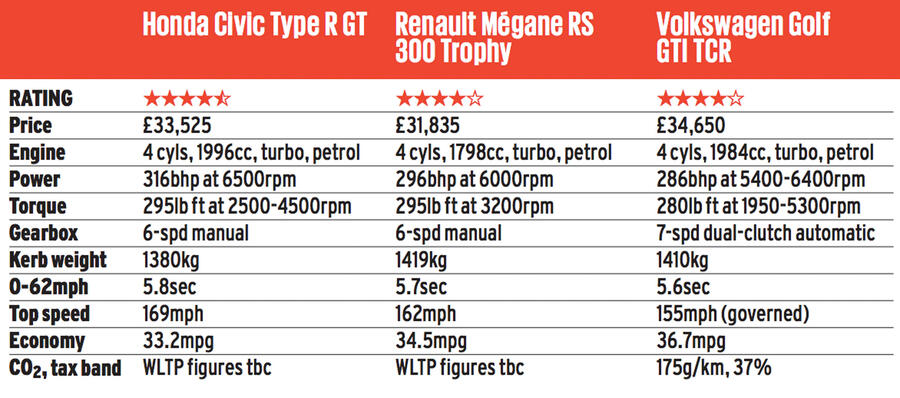
Golden Oldies
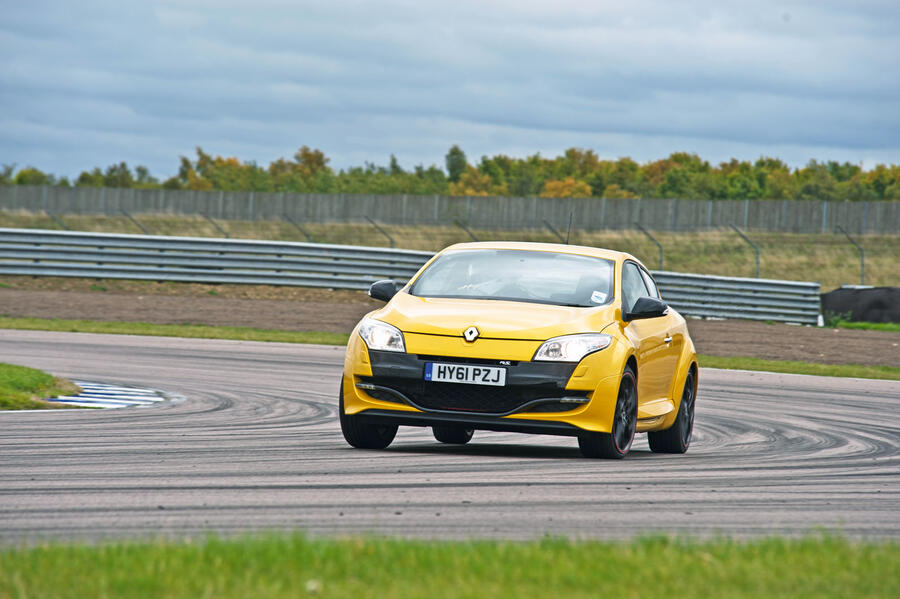
Renault Sport Mégane: The previous-gen Trophy R is the most prized example of a hot Renault, but it’s rare and expensive. The standard item is discerning enough, particularly with the Cup chassis that gets you firmer suspension and a mechanical limited-slip diff. Early 2010 cars start from £8000, while late-2016 versions can be bought for around £16,000.
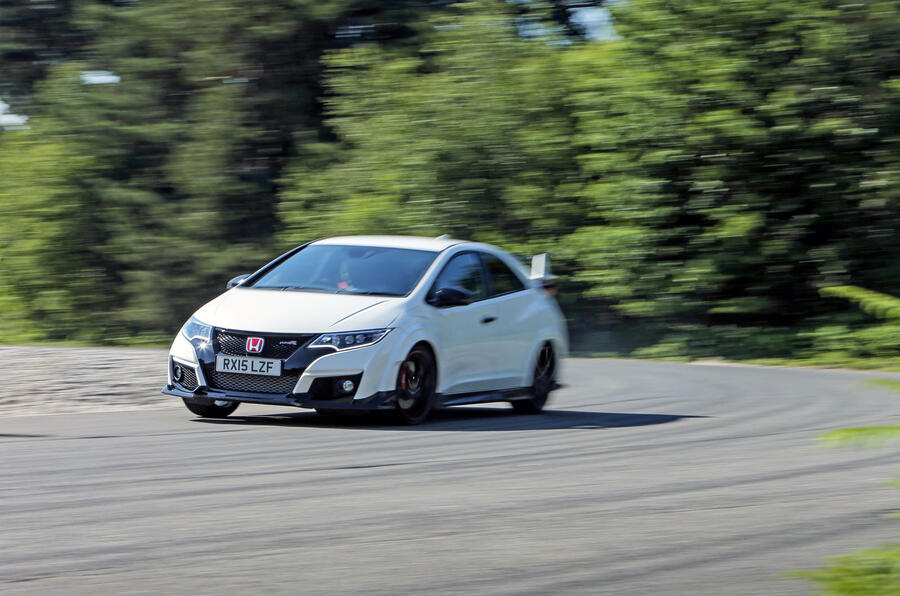
Honda Civic Type R: The ninth-generation Type R of 2015-17 had a long gestation and a relatively short life but still managed to snatch the Nürburgring’s lap record for front-drive cars from the Trophy R. Power output is almost the same as the current Type R, too, so performance won’t be a problem. Expect to pay around £19k for a decent one.
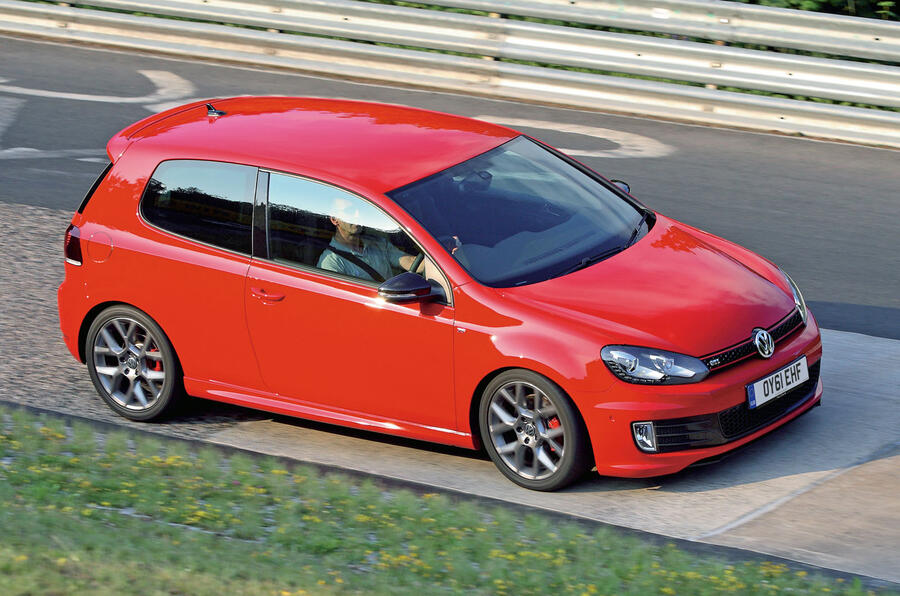
VW Golf GTI Mk6: It might be a decade old now, but the Mk6 Golf GTI is still one of the most well-rounded hot hatches around. The standard 207bhp GTI provided more than enough fun for most, but thrill-seekers could seek out the limited-run ‘Edition 35’ with 232bhp. Prices start at a bargain-basement £5k for the cooking GTI, while the Edition 35 will set you back nearer £15k.
Read more
Volkswagen Golf GTI TCR review​
Top 10 best hot hatches 2019​
Best hot hatches: Autocar's top five go head to head​





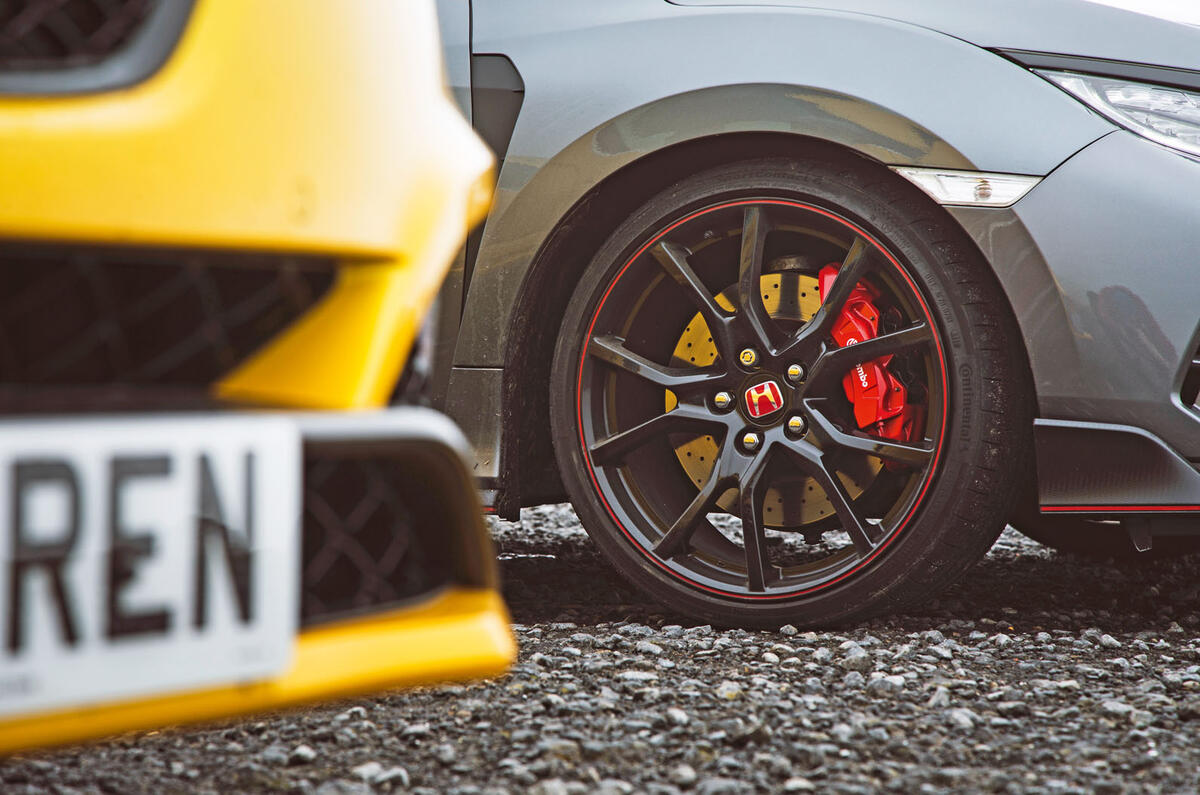
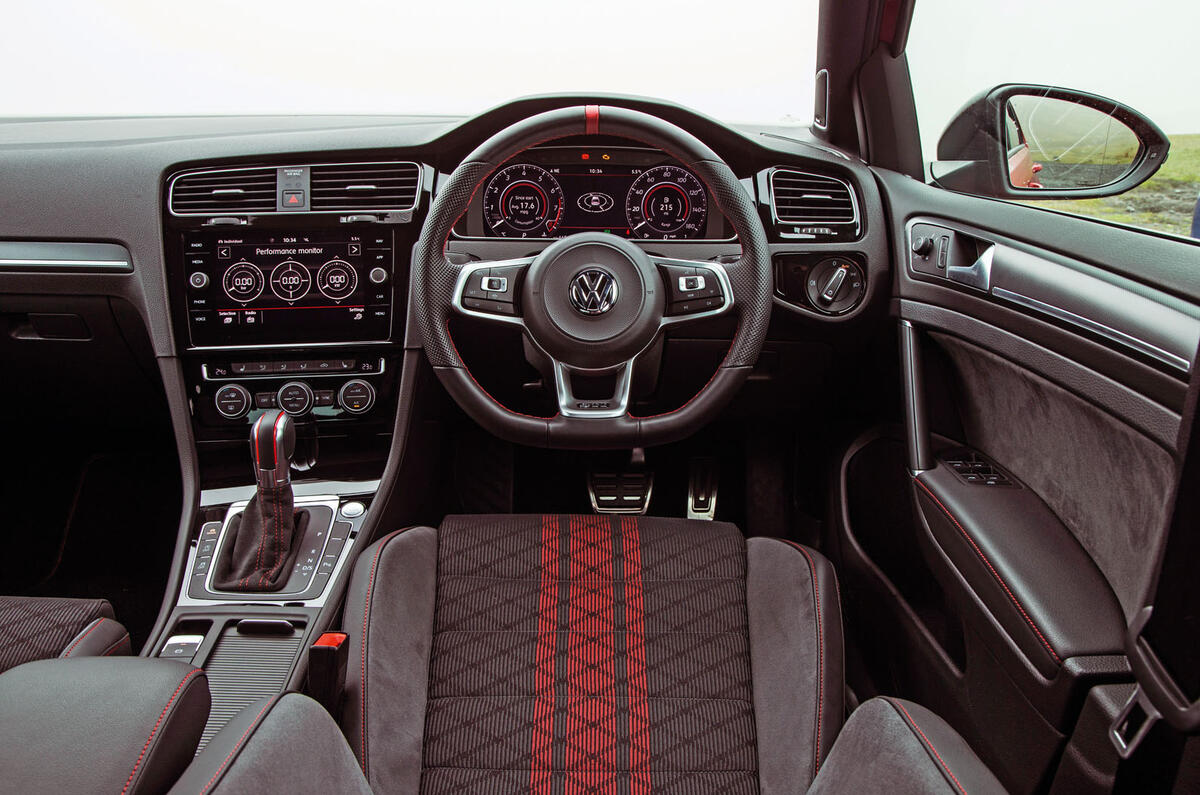
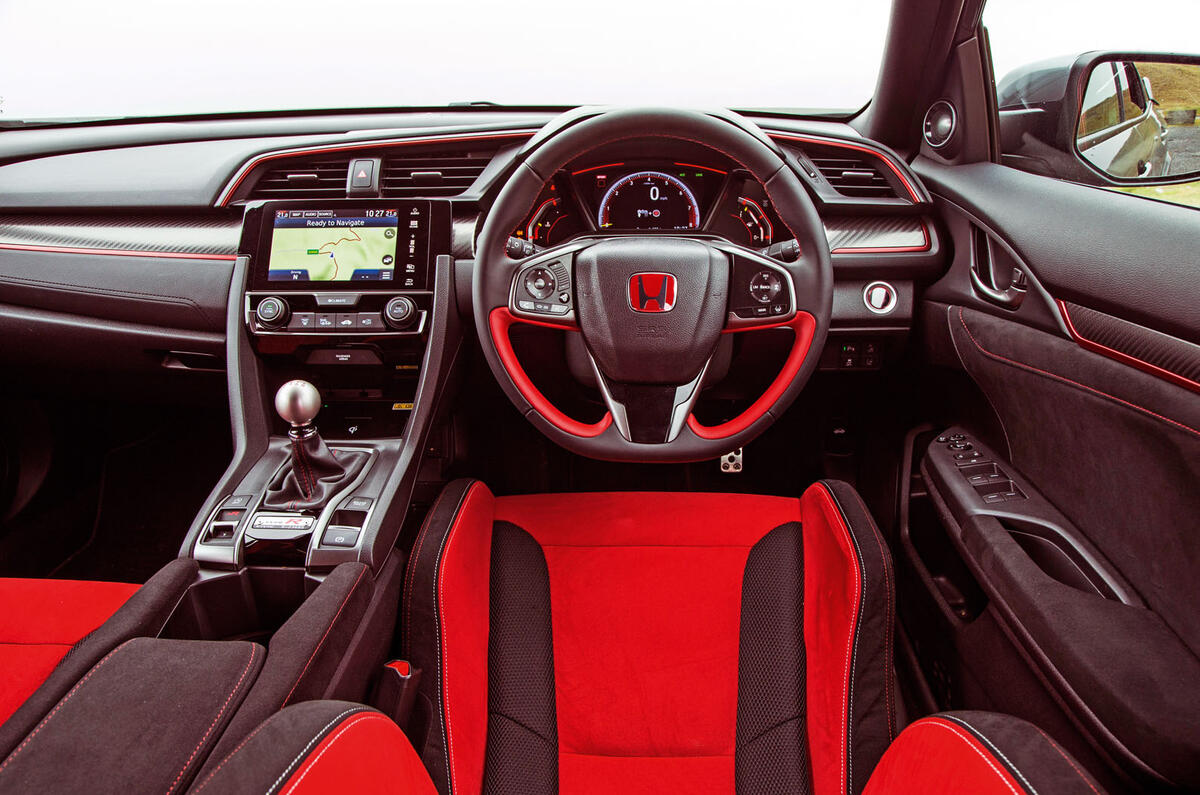


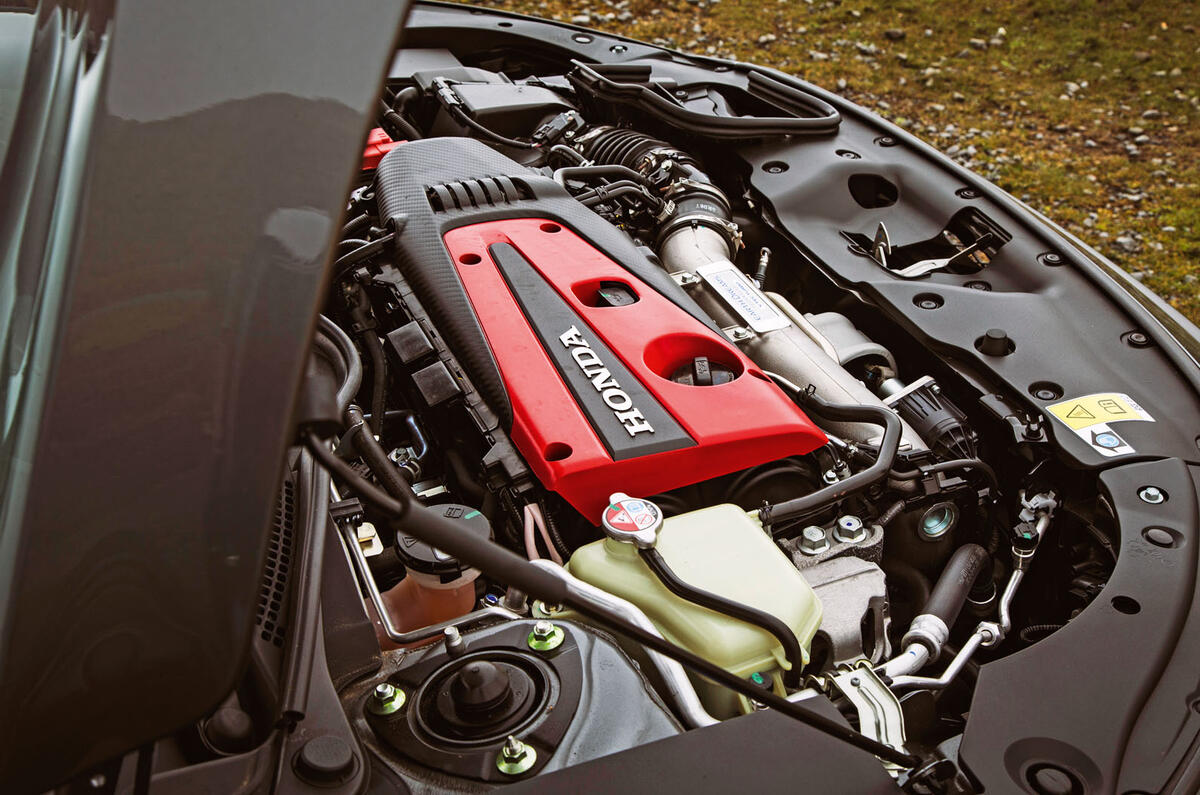
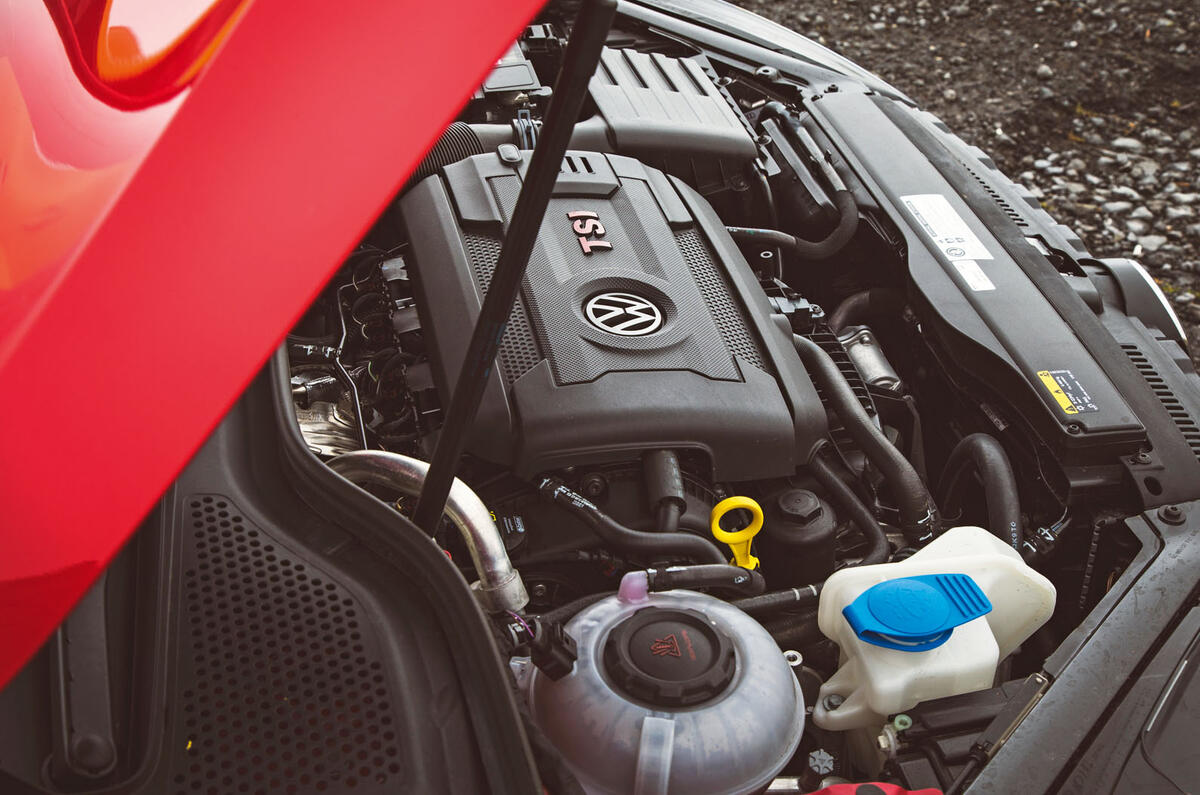
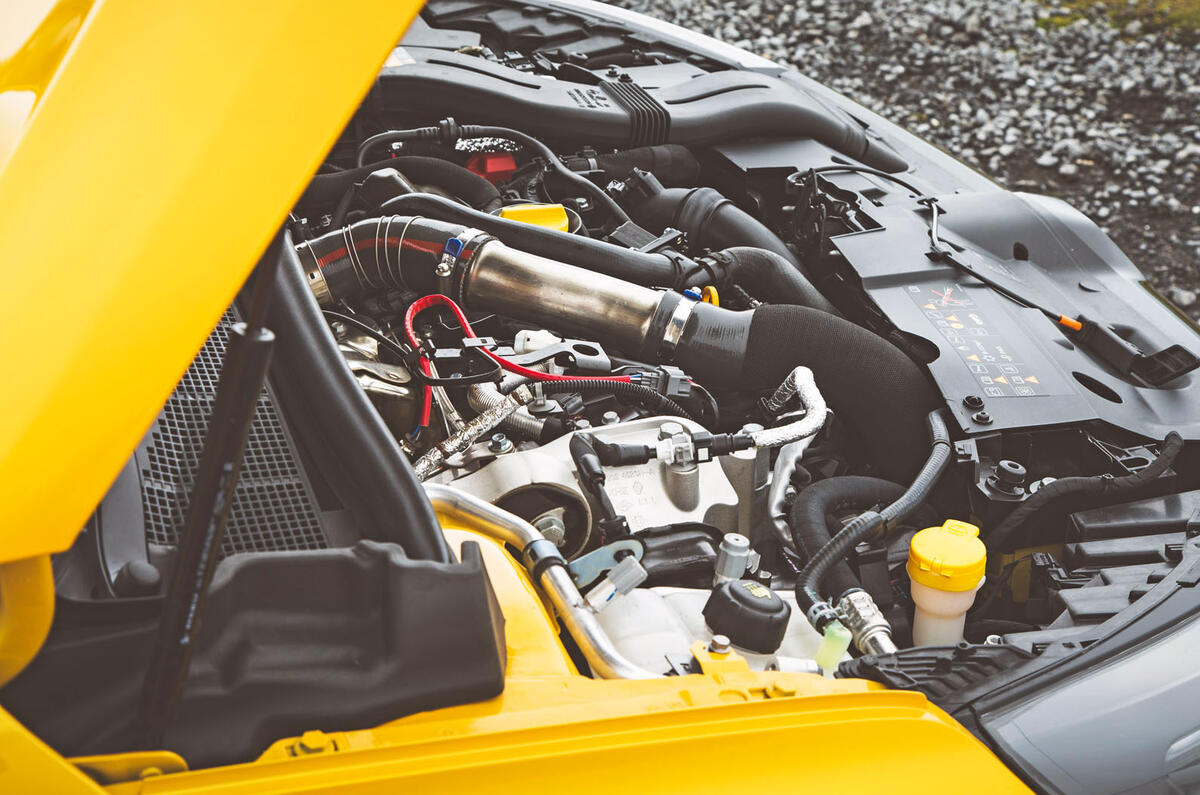
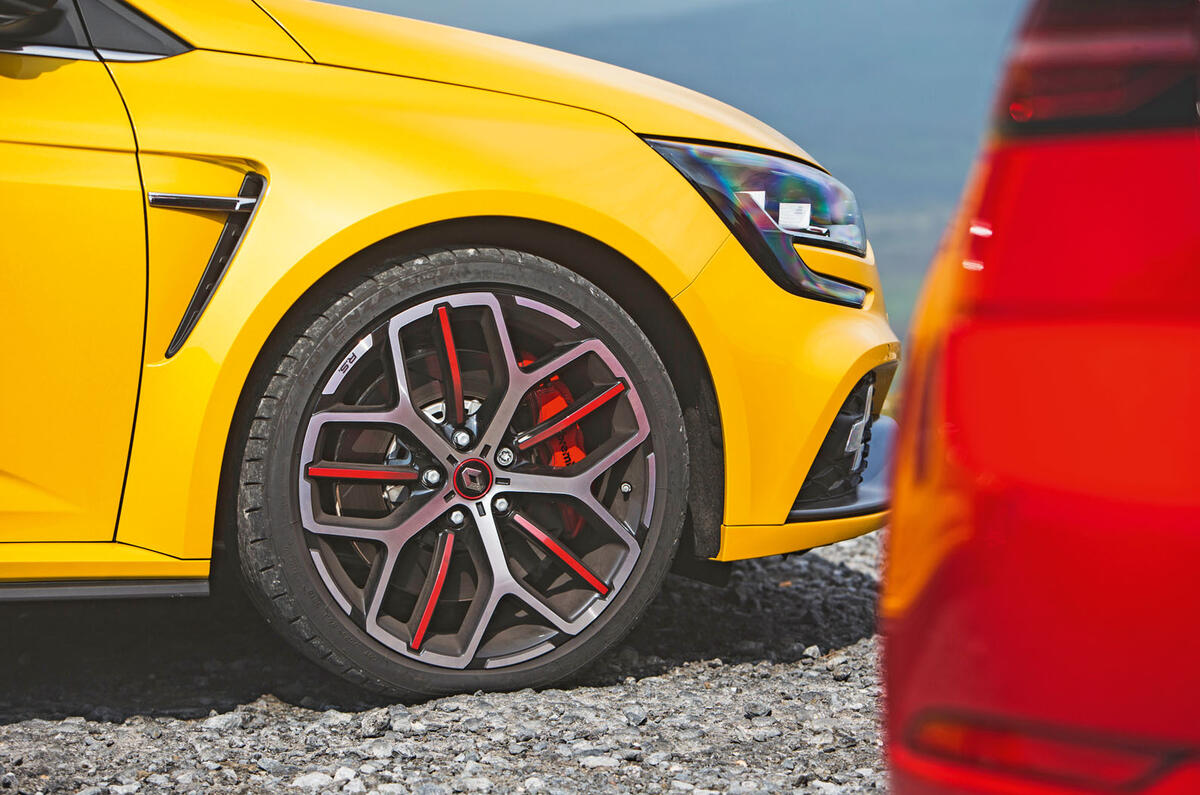
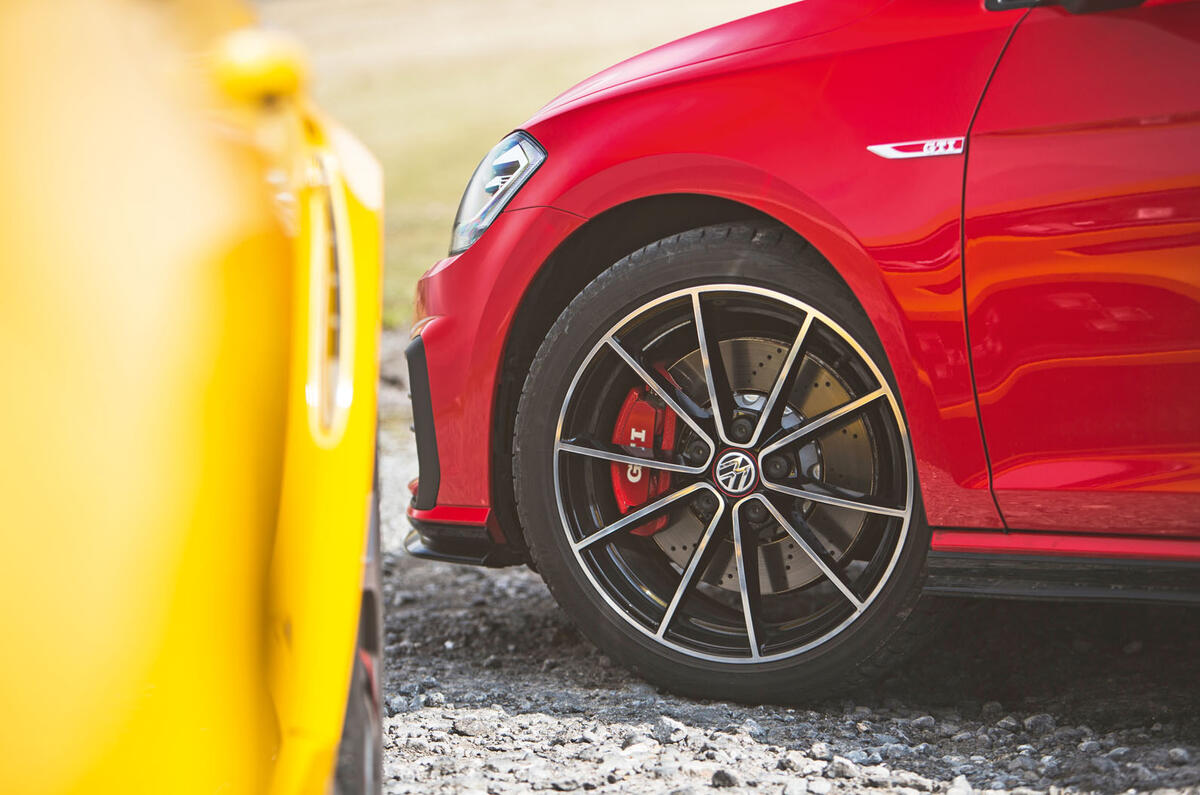
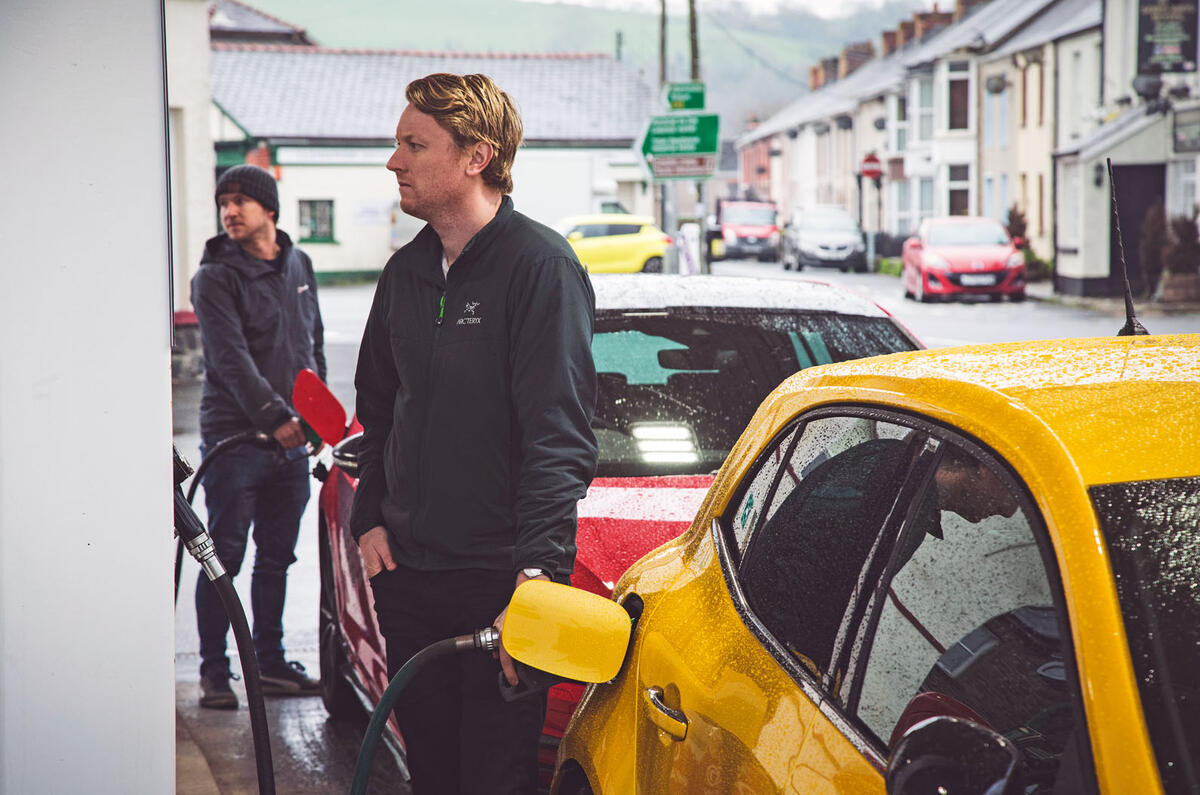

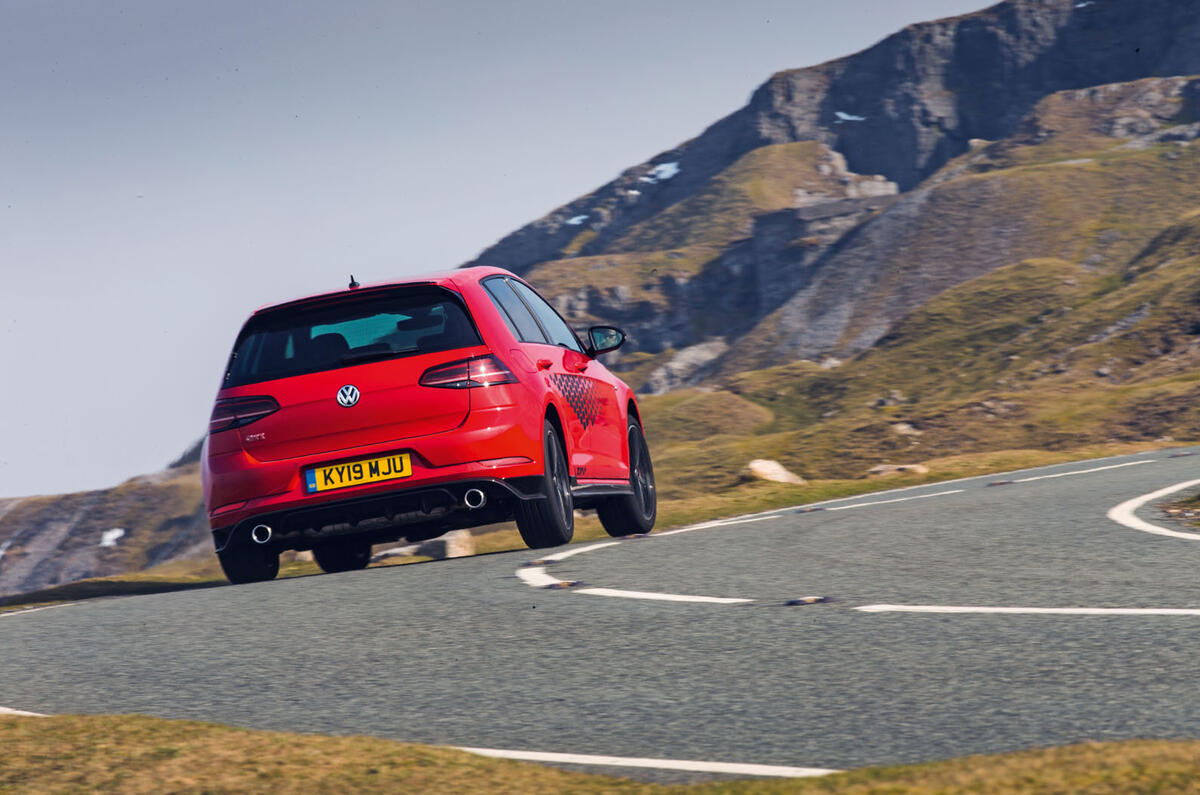
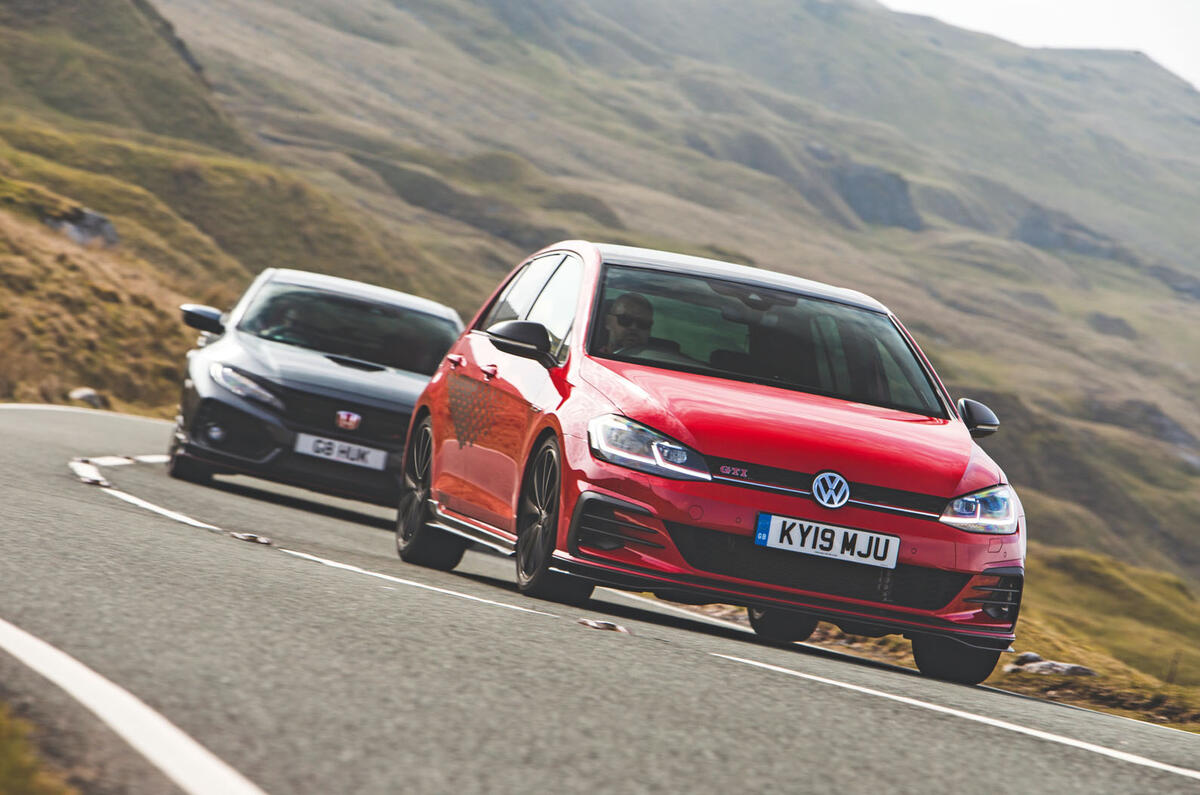
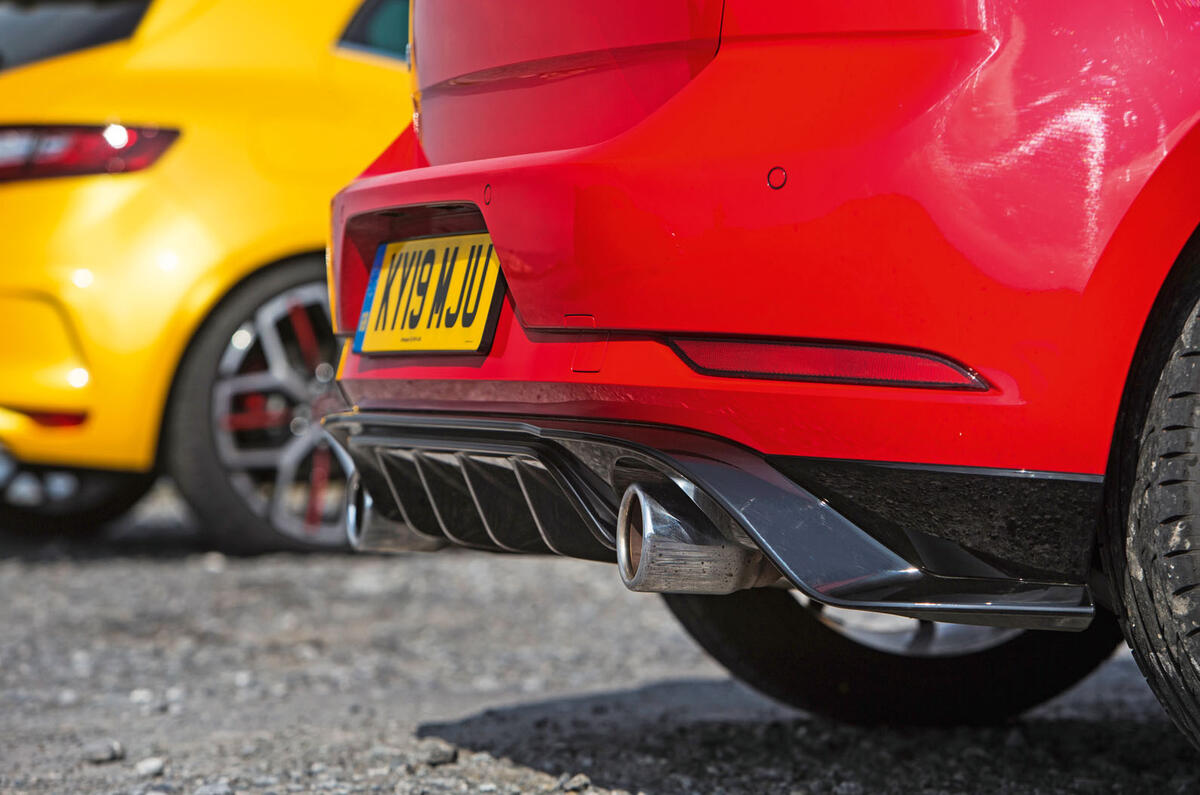

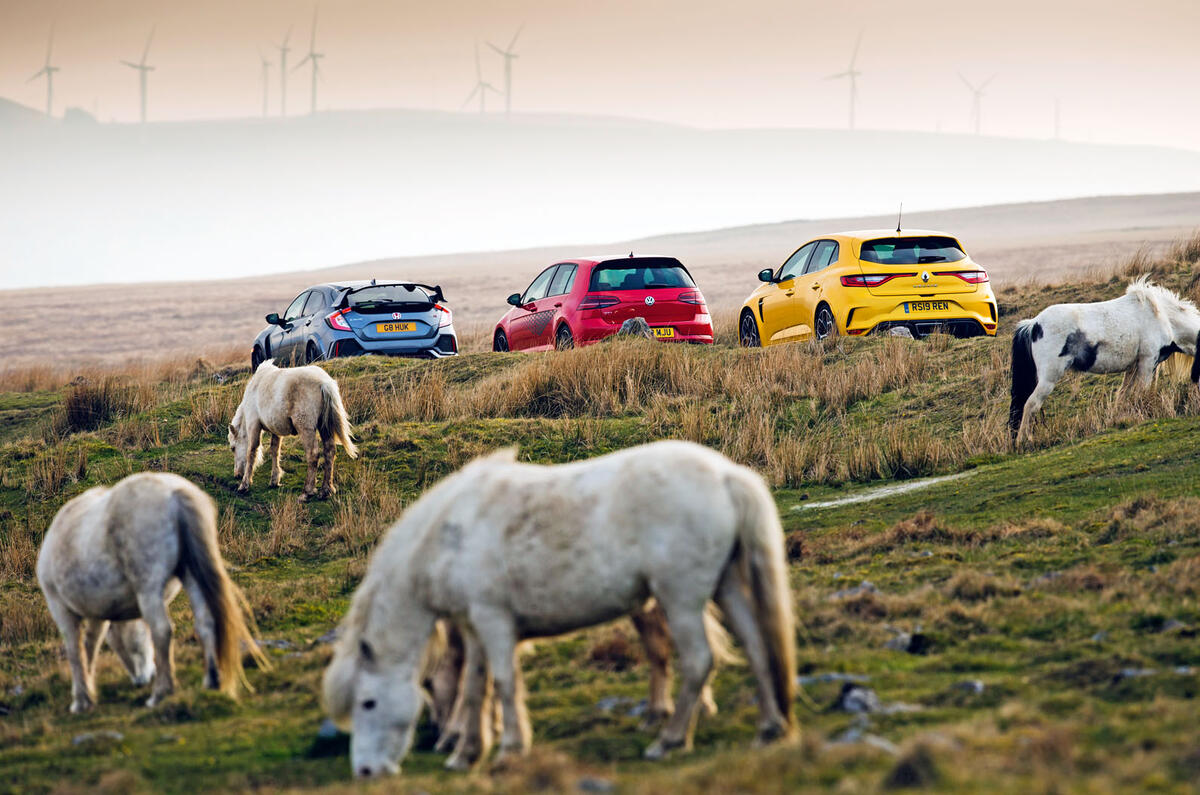
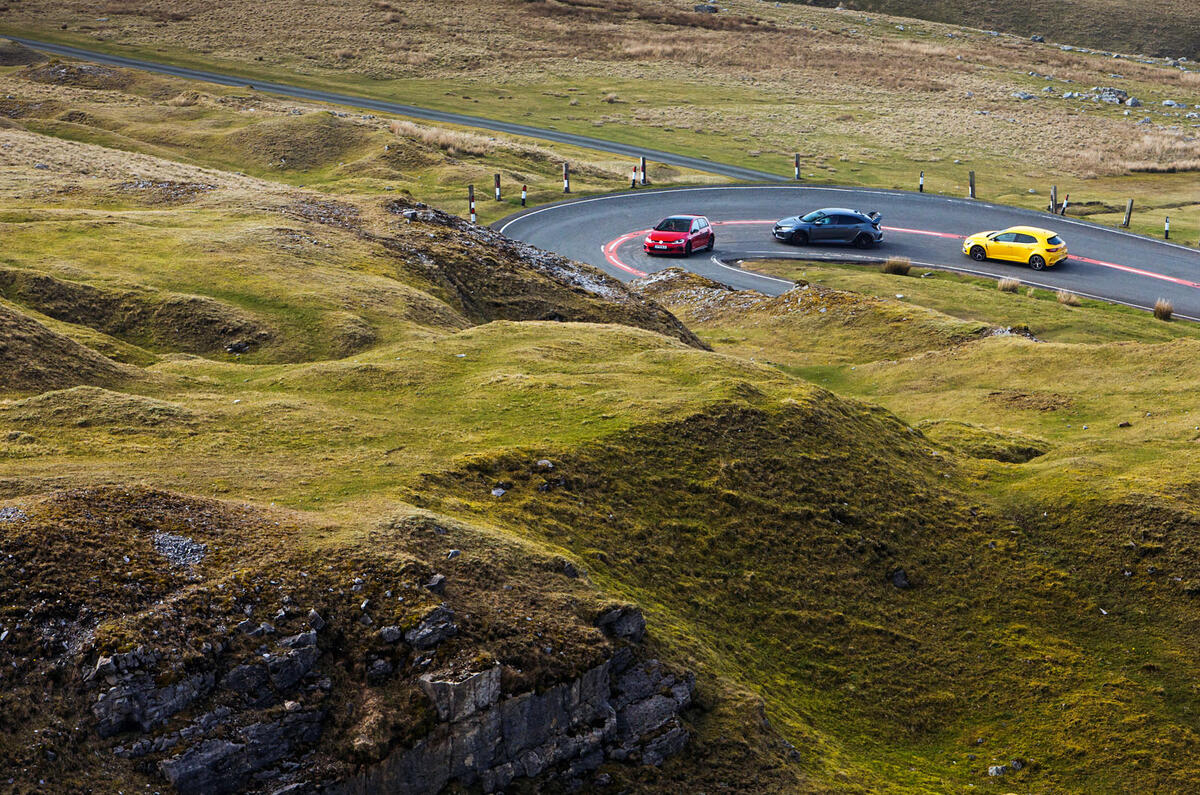
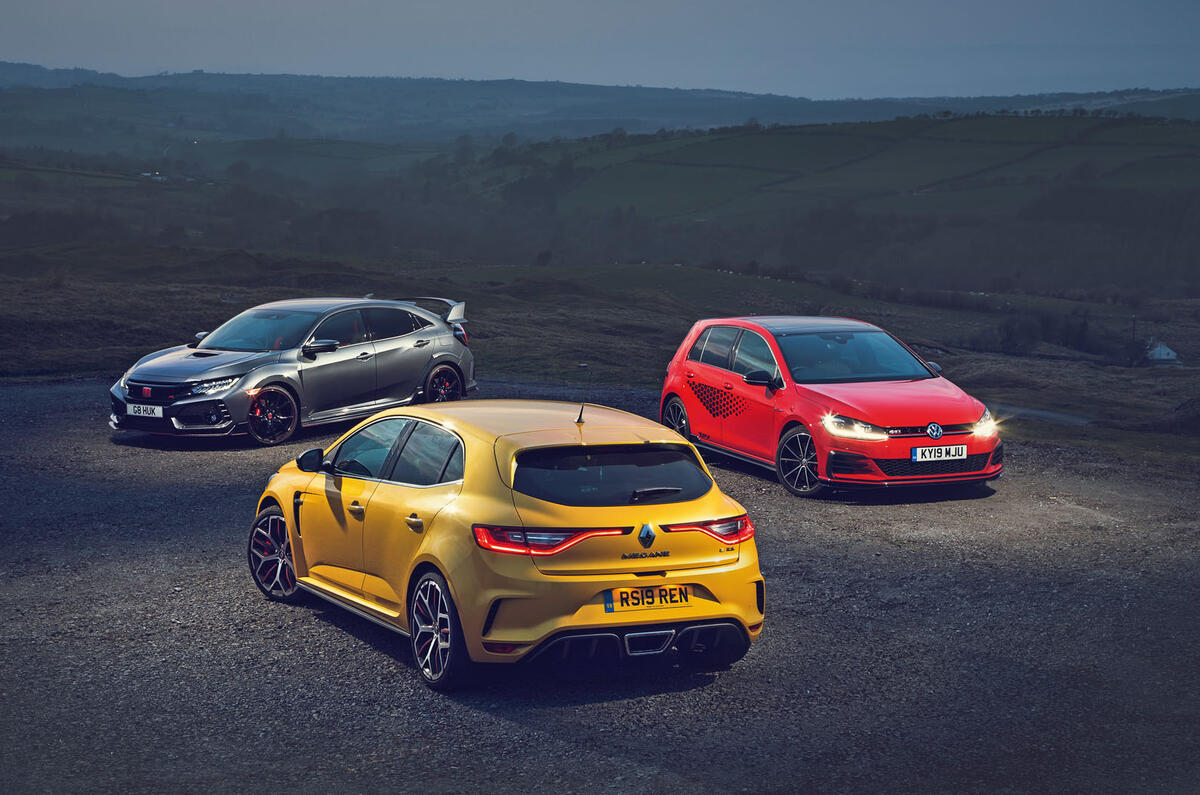












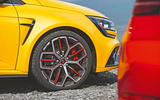





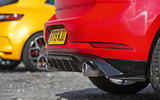










Join the debate
Add your comment
Next ST
Mark 6
£5k for a mark VI GTi? And the rest!
Mighty Megane
That's the one for me.